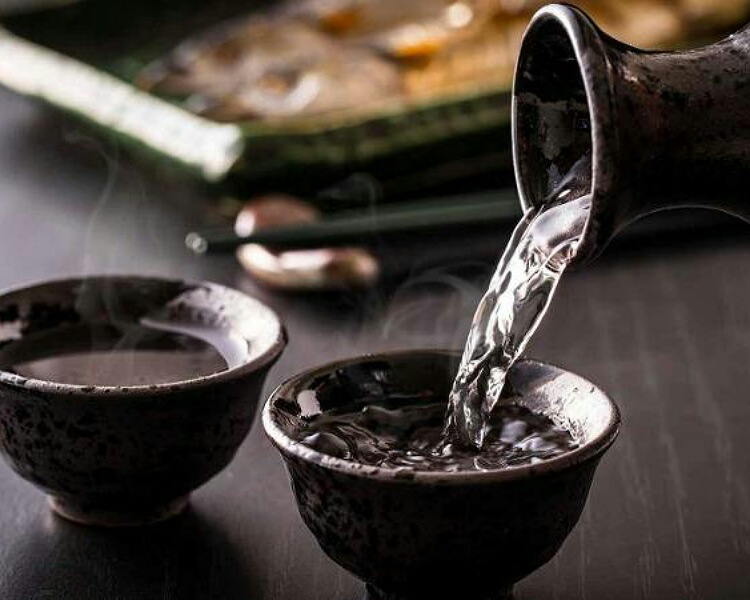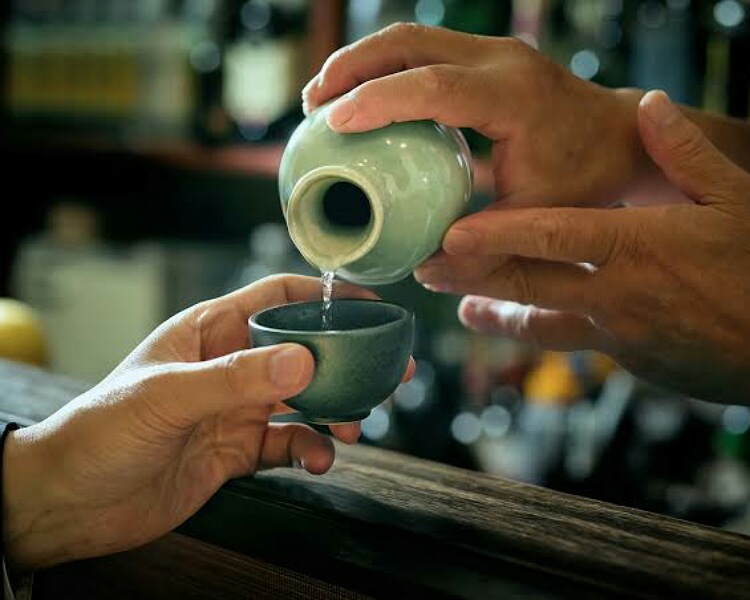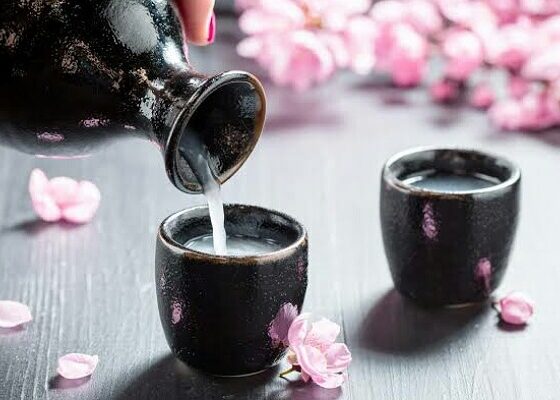Sake is an alcoholic beverage and has another name: Japanese rice wine. How is it made? What does it contain? What are its health benefits? Is it safe to consume it?
Sake or Japanese rice wine
Sake or Japanese rice wine is an alcoholic beverage from Japan. The starch from rice grains is first converted into sugars which is then fermented to yield sake. Hence it’s production process resembles that of beer more than that of wine.

Sake is an ancient drink of Japan. It was the monks from the temples near Nara, Kyoto, and Osaka that developed the modern techniques to brew it in the fourteenth century. It is the national beverage of Japan but the production is on the decline since 1970s. However, it is gaining popularity in other countries. And now there are breweries producing it in North America, South America, Australia and some other Asian nations.
Nutritional facts and health benefits
One hundred grams of sake has 134 calories. There is 5 g of carbs with zero sugar and nil dietary fiber. Additionally, there are no fats in it and protein content is 0.5 g. Moreover, it has small amounts of potassium, selenium, zinc, copper, calcium, and phosphorus.
There are several articles on the internet that claim that sake has good effects on the skin and possesses anti-inflammatory properties. It also improves quality of sleep. But these studies are on the non-alcoholic form of this drink or sake yeast. It is not on sake wine.

Sake has a lactic acid producing bacteria in it which is the lactobacillus. This is a probiotic and helps in digestive system especially to relieve diarrhoea resulting from germs or antibiotics use. But its lactic acid content is lesser than that of the South Korean rice wine. This is due to the newer technology adopted by Japanese brewers in which acid forming bacteria now play a smaller role.
The wine supposedly helps heart health in moderate doses. Some small scale studies have confirmed this in women. And it supposedly also reduces risk of cancer in men. It probably lessens risk of stroke and diabetes.
Potential risks
The alcohol content of this product is around 13 to 17 %. This is higher compared to that in wine. But it has a milder taste that is less acidic, less bitter and less astringent compared to that of wine.
This drink is to be avoided in kids under eighteen years of age and by pregnant and breastfeeding mothers. One should have it in moderation. And avoid it when you are depressed or driving.

In pregnant ladies, this drink can cause miscarriages and stillbirths. The fetus born might suffer from fetal alcohol syndrome. Also having alcohol with certain medications can either make them ineffective or increase their toxicity. Alternatively, they could make the drinker on medication drowsy, nauseated or have incoordination. They might also result in internal bleeding heart issues or respiratory problems. Moreover, they can affect the liver and lead to fibrosis and failure.
Read here: Alcohol consumption: binge drinking, light daily drinking, recommended limit!
Alcohol dependence can result that would lead to a habit. It would require medical assistance to overcome it. Enjoy the drink but in moderation.
